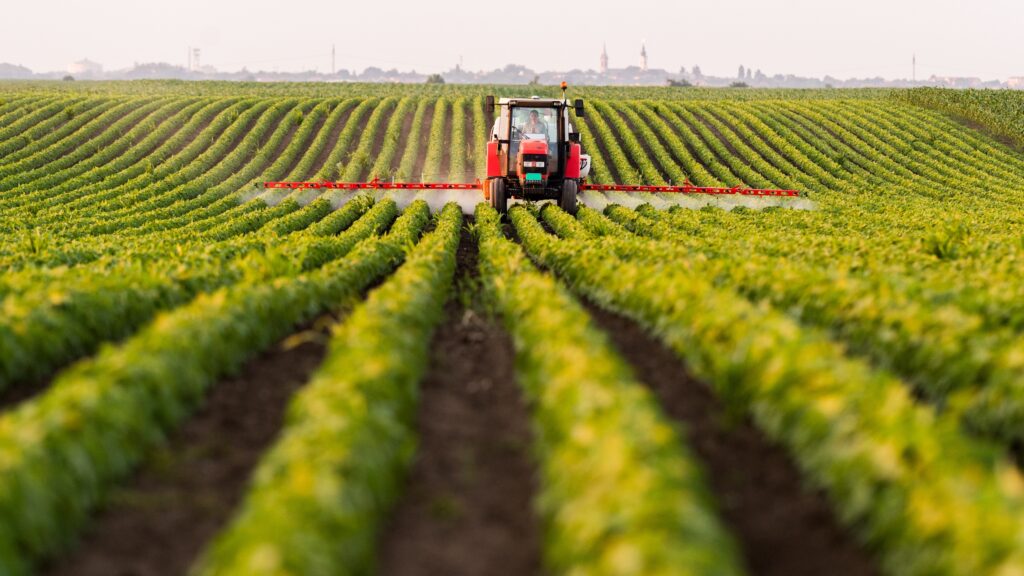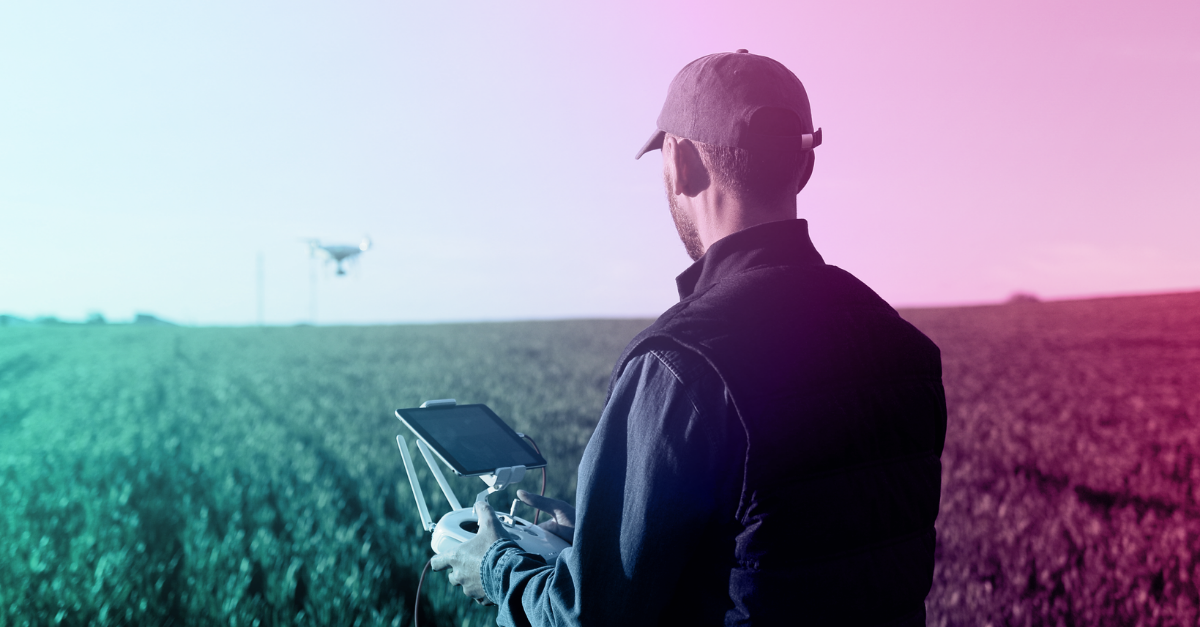What’s the difference between an agri-manufacturer and a tech company? Increasingly, not a lot. As some of the world’s leading manufacturers at CES this year showed, the next-generation of sustainable food production and transportation is here – and it’s all about the technology. The stakes are high: the UN Food and Agriculture Organization estimates that the planet will need 70% more food in 2050 than it did in 2009. Smart devices – and the software that manages them – are set to play a significant role in achieving that.
Cross-pollination for automation
Unlikely as it might seem, agriculture is at the forefront of many of the same automation and artificial intelligence (AI) trends more commonly associated with car technology. In many respects, agriculture is the perfect fit for the convergence of autonomy, automation and AI. From drones to autonomous tractors and sensors for more effective water or weather management, data collected by smart devices can be connected with the kind of software that informs better decision making.
Monitor livestock, increase yields, plant seeds with maximum precision, use water or fertilizer more effectively and gain on-ground insights into what’s happening in the field: agtech can give farmers and other food producers the data they need to make the best business decisions. And when the crop is harvested, the same technology can inform the supply chain, ensuring goods arrive fresh, at the right temperature and in the most sustainable way possible.
Precision agriculture
Precision agriculture – based around robotic and IoT devices – can transform the way we approach labour or time-intensive activities. For example, crop monitoring sensors or drones can be used to reduce unnecessary inputs for pest or weeds control, enabling producers to scale back chemical use or traditional blanket spraying approaches. Precise timing for crop harvests can be determined using visual and size data gathered by drones, while soil probes can be used to control irrigation lines for water, determining everything from moisture content to chemical makeup. Ultimately, this information can be sent to farmers’ mobile phones and managed accordingly.
At an even more intensive, sustainable level, vertical farming is becoming the poster child for high-tech farming. Bowery Farming has a CTO: a Google-Samsung veteran to determine how to apply historical data to new problems and opportunities. Plenty is another agritech startup that uses AI, machine learning and robots to maximise yield from a two-acre vertical farm that’s as productive as a 720-acre flat farm.

Factor the tractor
Somehow, it wouldn’t be farming without tractors or other large machinery. John Deere has long been pushing the envelope on next-generation, connected technologies for agriculture, and the introduction of its first fully autonomous tractor comes on the back of over three years of testing, including on real-world farms.
Not so much a new vehicle as an automation kit that can be added to the existing 8R models, the autonomous tractor combines John Deere’s GPS guidance system with AI and six pairs of stereo cameras to calculate distances and obstacles all around the vehicle – all of it activated from a smartphone. Continuous checking against a geofence will ensure the tractor only operates where it’s supposed to, within an inch.
Precision farming, accelerated
Cubic Telecom’s connected software and analytics solutions give agritech innovators the tools they need to transform the future. By optimising vehicle fleets and machinery with global connected software, we help maximise yields and increase productivity without the challenges of geographic location or local connectivity issues. To learn more about how our technologies can help you use richer data insights to cut through complexity, start exploring our platform today.

